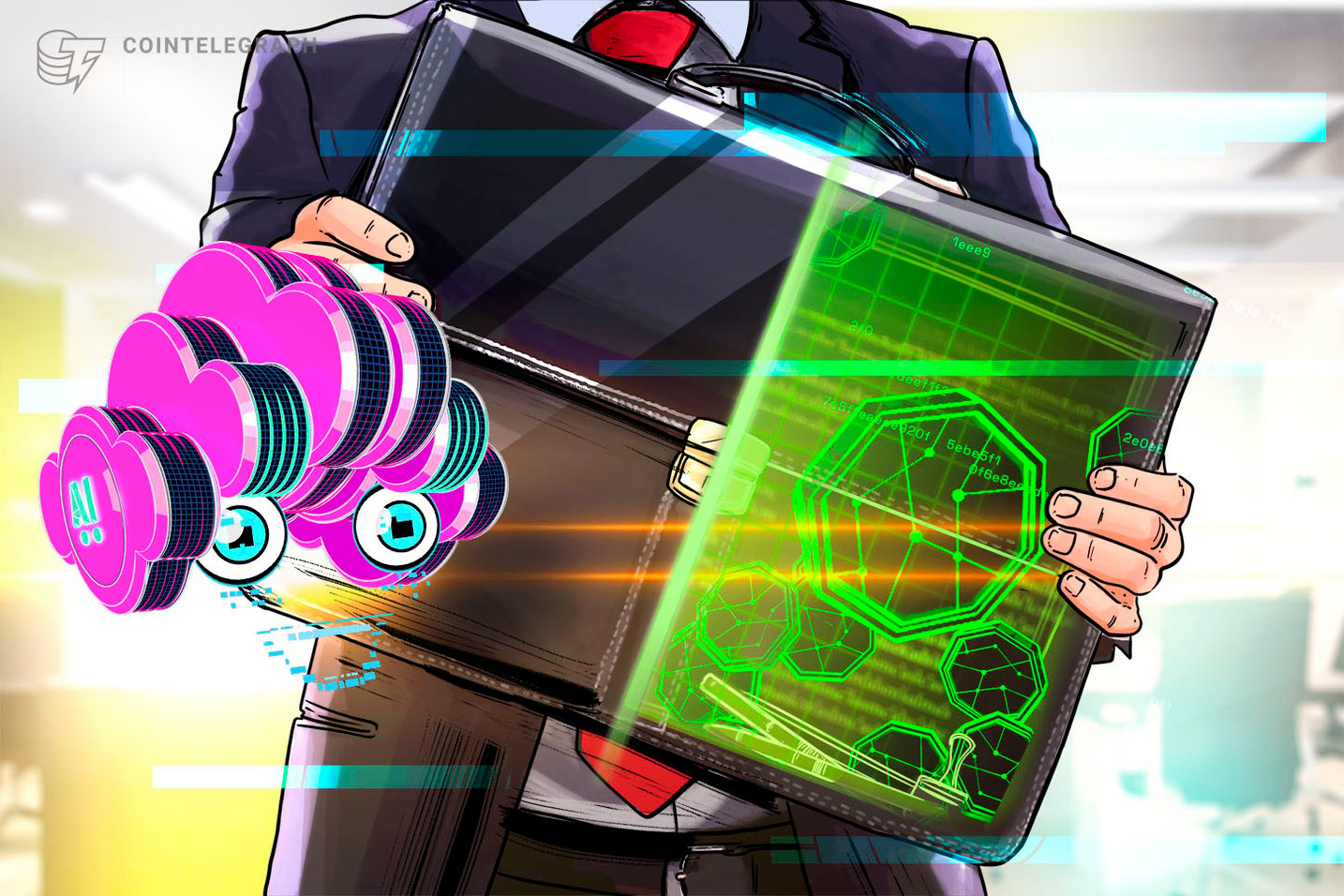How Top Substack Writers Leverage AI Writing Tools for Increased Productivity and Engagement

Some of Substack’s Biggest Newsletters Rely on AI Writing Tools
Source: WIRED
Increasing Use of AI in Substack Newsletters
Recent analysis reveals that approximately 10% of Substack's top newsletters publish content that is either entirely or partially generated with AI tools. The findings highlight a growing dependence on AI in various successful publications.
The Role of AI Detection Technology
- The AI-detection startup GPTZero conducted a study scanning posts from the most popular Substack newsletters.
- They identified that seven newsletters significantly rely on AI for writing, with 10 using it in some capacity.
Content Focus
- Many identified newsletters concentrate on investment news and personal finance advice.
- Hundreds of thousands of subscribers are consuming AI-generated content knowingly, often through paid subscriptions.
Expert Insights on AI Usage
Comments from experts show varying perspectives on the use of AI:
Surprised but Not Shocked
- GPTZero co-founder Alex Cui expressed surprise at the prevalence of AI in high-profile author content.
- He noted that Substack's AI reliance appears to be higher than platforms like Wikipedia, where only 1 in 20 articles are likely AI-generated.
Industry Commentary
- Max Read views this trend as logical, pointing out that some Substack newsletters are akin to a "sophisticated version" of hustle-culture YouTube channels.
- Substack maintains that AI content creation is a normal evolution in the writing process. Helen Tobin stated they do not monitor content based solely on its AI origins.
AI’s Evolving Role in Content Creation
Authors on Substack report various uses of AI:
Enhancement Over Generation
- Many writers use AI primarily as a tool to refine their work, not to create entire articles. For instance, David Skilling labels it a "substitute editor."
- Subham Panda emphasizes using AI to curate content faster, with the final touches done by human writers.
Comparative Analysis with Other Platforms
- Unlike platforms like Medium, which reportedly has 40% AI-generated content, Substack's AI usage appears to be associated with high-engagement newsletters.
Future Implications for AI in Writing
As the integration of AI continues to expand, potential reactions from readers may vary:
Certification and Consumer Choice
- In anticipation of consumer concern, GPTZero is introducing a "certified human" badge for bloggers. This could signal an important trend in distinguishing content origins.
- Such certifications mirror movements in other creative fields, where disclaimers indicate the absence of AI involvement.
Conclusion
While AI tools are becoming more commonplace among recognized authors, the ethical implications and consumer preferences regarding AI-generated content will likely evolve. Substack's model illustrates a unique intersection of traditional writing and modern technology, suggesting a significant shift in the landscape of digital media.


:format(webp)/cdn.vox-cdn.com/uploads/chorus_asset/file/25603516/asusnucaipc.jpg)

